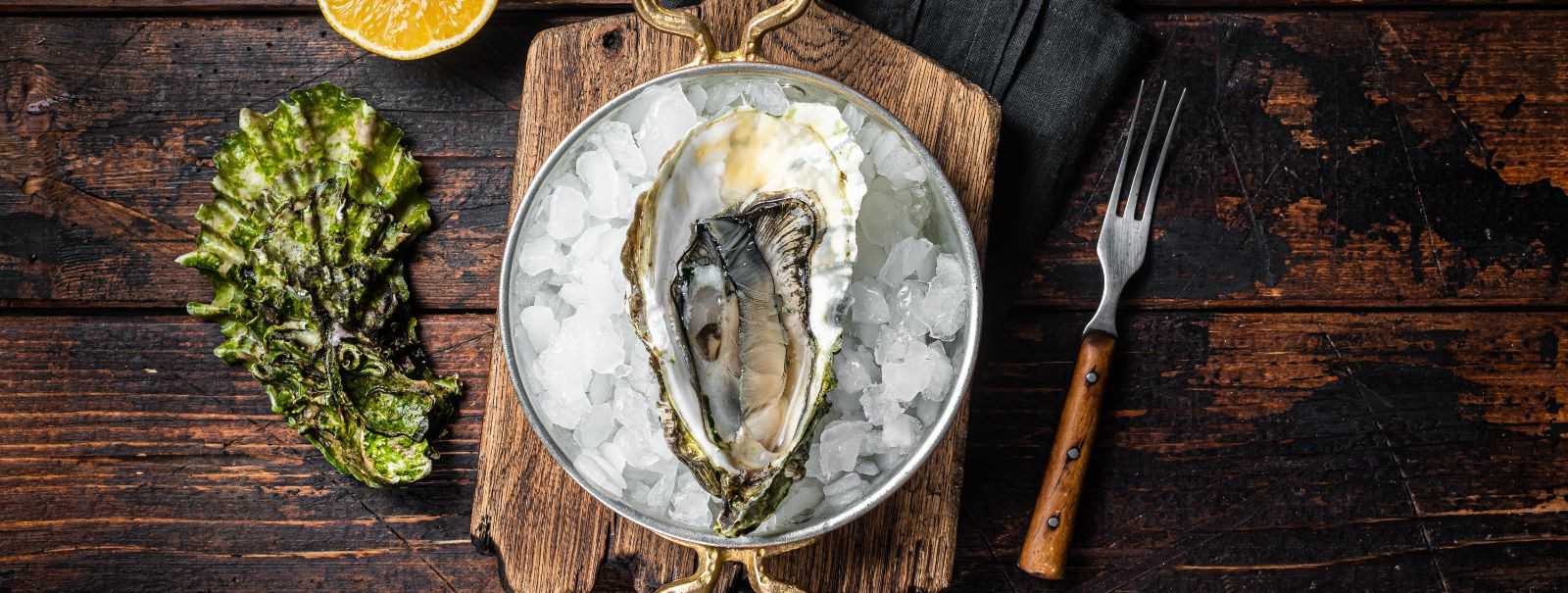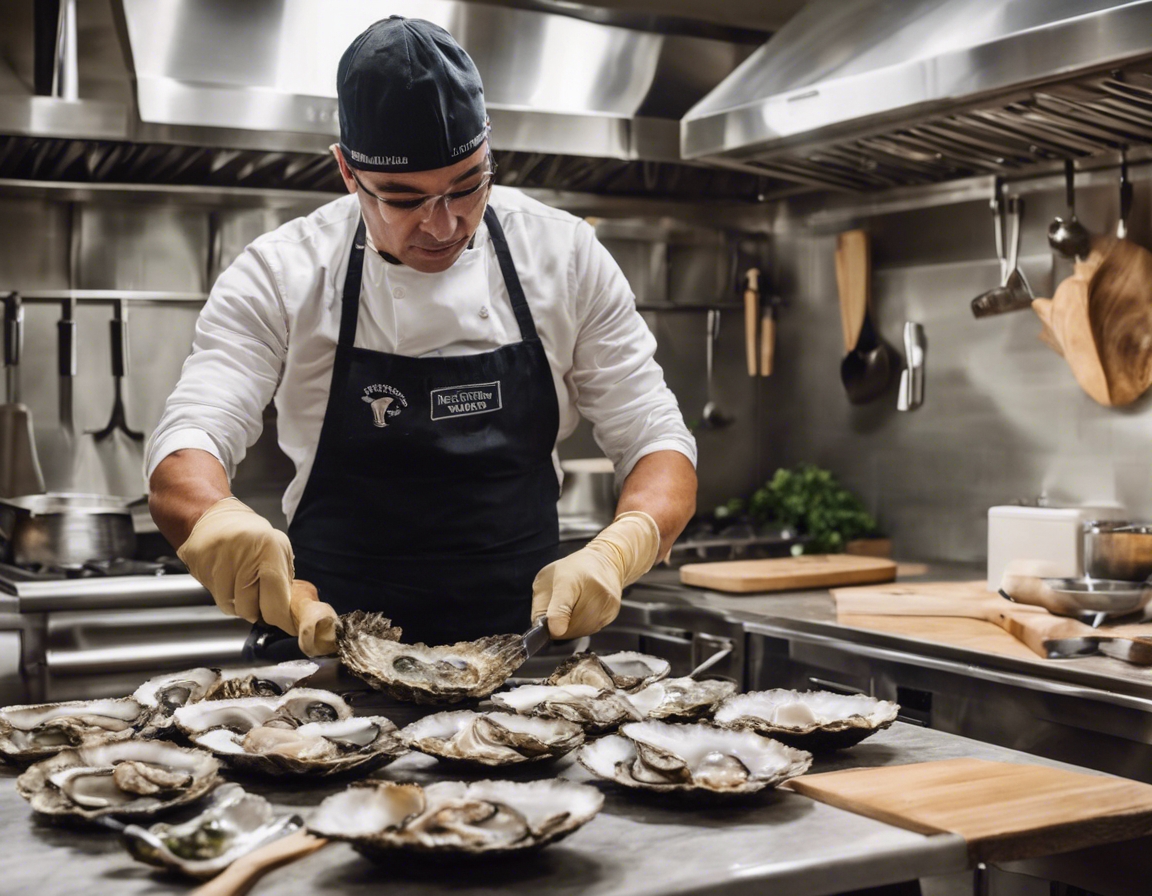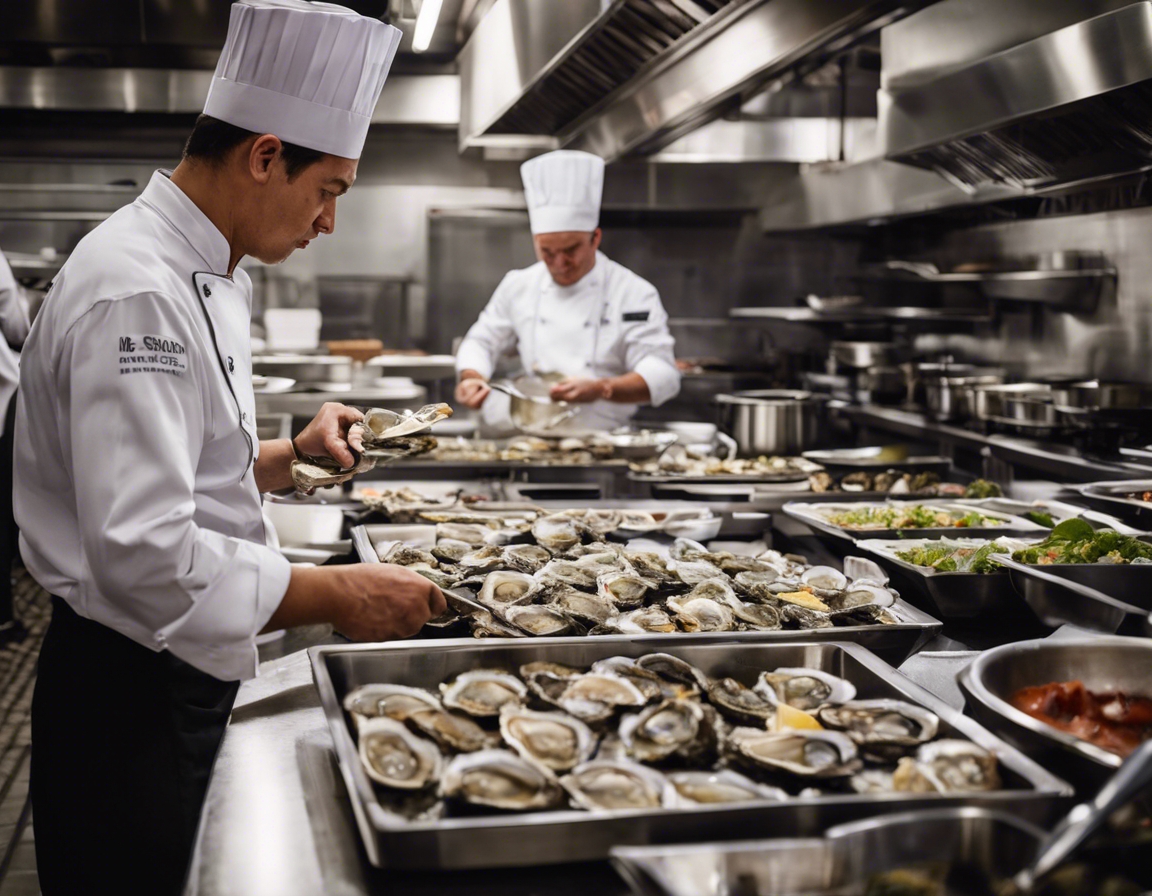The art of oyster shucking: a step-by-step guide
Oysters have long been associated with luxury and sophistication, gracing the tables of the elite and gourmands alike. The allure of oysters lies not only in their delicate flavor but also in the ceremonial aspect of their presentation and consumption. Shucking oysters is an art form, a skill that enhances the experience of enjoying these maritime treasures.
Shucking is the process of opening an oyster shell to access the meat inside. It requires precision, care, and the right technique to ensure the oyster remains intact and free from shell fragments. Mastering this skill is essential for anyone looking to elevate their culinary repertoire or impress guests at a sophisticated gathering.
Essential Tools for Oyster Shucking
An oyster knife is a specialized tool designed to pry open oyster shells with minimal effort. It typically features a short, thick blade that can handle the leverage needed to open the shell without damaging the oyster inside. Choosing a knife with a comfortable grip and a sturdy blade is crucial for effective shucking.
Shucking oysters can be a risky endeavor without the proper protective gear. A pair of cut-resistant gloves can safeguard your hands from accidental slips of the knife, while a towel can be used to hold the oyster firmly in place, providing additional safety and control.
Choosing Your Oysters
Oysters come in various types, each with its own unique flavor profile. From the briny depths of the Atlantic to the crisp, sweet notes of the Pacific, understanding the different types of oysters can help you select the perfect variety for your palate and occasion.
When choosing oysters, freshness is paramount. Look for oysters that are closed tightly or snap shut when tapped. The shell should be free of cracks and the oyster should feel heavy for its size, indicating a healthy amount of seawater within.
Preparation for Shucking
Before shucking, oysters should be thoroughly cleaned to remove any debris or bacteria. Rinse them under cold running water and scrub the shells with a brush. Proper storage is also essential; keep oysters cold and covered with a damp cloth until ready to shuck.
Prepare your workspace by laying down a towel to stabilize the oysters and have a receptacle ready for the discarded shells. Ensure your oyster knife and gloves are within easy reach to streamline the shucking process.
The Shucking Process
The first step in shucking is locating the hinge of the oyster shell, which is the point where the two halves of the shell are joined. Position the oyster knife at the hinge, applying gentle pressure to pry the shell open.
Once the knife is wedged in the hinge, twist it to pop the shell open. Be careful to keep the knife pointed away from your body and to apply force horizontally to avoid injury.
With the shell partially open, slide the knife along the inside of the top shell to sever the muscle that holds the oyster in place. Remove the top shell, being mindful to keep the oyster's liquor (the natural juice) inside the bottom shell. Carefully detach the oyster from the bottom shell, ensuring it remains nestled in its liquor, ready to be served.
Enjoying Your Shucked Oysters
Present your freshly shucked oysters on a bed of crushed ice with wedges of lemon and your choice of condiments. Classic mignonette sauce, cocktail sauce, or a simple splash of Tabasco can complement the oyster's natural flavors.
A well-chosen beverage can enhance the oyster-eating experience. Champagne, crisp white wines, or even a stout beer can be excellent pairings, balancing the oyster's salinity with their own flavor profiles.






Comments (0)